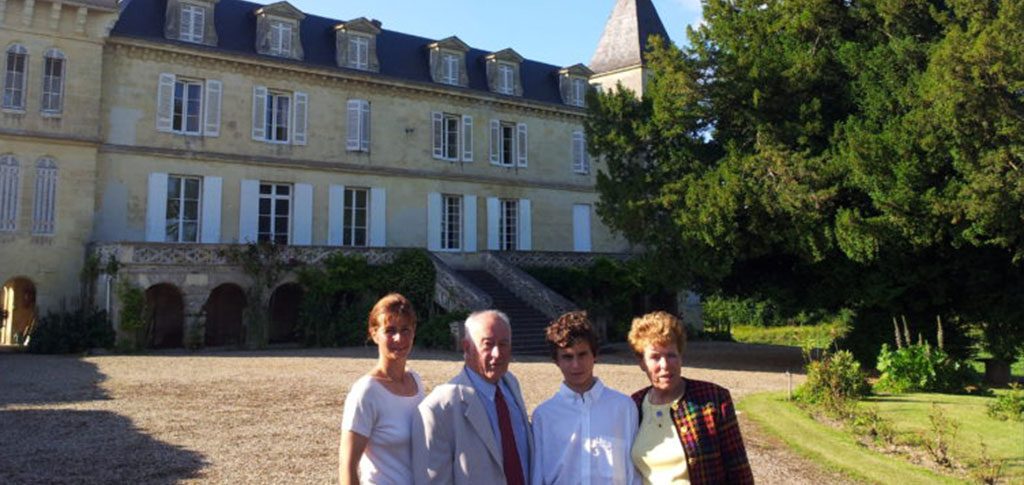XIVth century
Daylan and Segur Families
An act of 1342 testifies the origin of the Château de Crain. At this date, the King of England Edouard III requests Bernard Daylan to enforce his people to carry stone and wood materials necessary for the reparation of his fortress of Crain located in the Entre-Deux-Mers district, and partially destroyed during the battles between French and English armies.
The Château de Crain then became the property of the Segur family, whom members were named Lords of Crain. The first of them was Bertrand de Segur in 1361.
XVIIth and XVIIIth centuries
De Belcier and Ducasse Families
Crain then belongs to the de Belcier, a rich family of Bordeaux parliament deputy who owned Crain until the French Revolution, and who liked to be named "de Belcier de Crain". The last member of the family, François de Belcier, was decapitated in 1789. The Château was then sold as a National asset the "17 floreal an V".
The domain of 279 journaux, including 94 journaux of vineyards, consisted in "a château, with its cellars, vats, and other exploitation buildings, gardens, water mill, Noulet share cropped farm, vines, meadows and land...". The whole was sold to Mister Ducasse.
XXth century
De Raynal, Barbier, Fougere Families
Auguste Seignan daughter, Marie Marguerite Seignan, known as Madame de Raynal, legated Crain to his son Georges Urbain de Raynal. He sold Crain in 1936 to Maurice Barbier, mushroom grower in Angouleme, who wanted to use the old stone carry under the Château for the culture of the Paris mushroom.
During WorldWar II, Crain was used as a headquarter by the German army, and some traces of the stay are still visible, such as names of German officers painted on the doors of a dining room.
After the War, the traditional wine making activity and the Paris mushrooms production in the stone carry occupied up to 50 people at Crain.
The mushroom activity stopped in 1981. In 1985, the wines of Crain started to be sold under the Château de Crain label directly at the Château.

